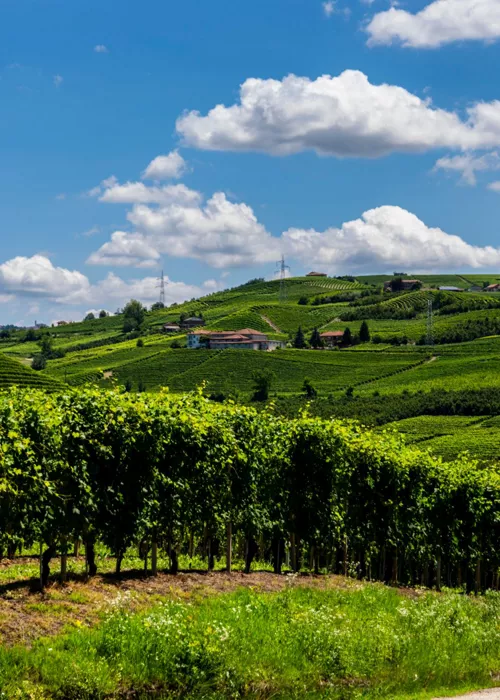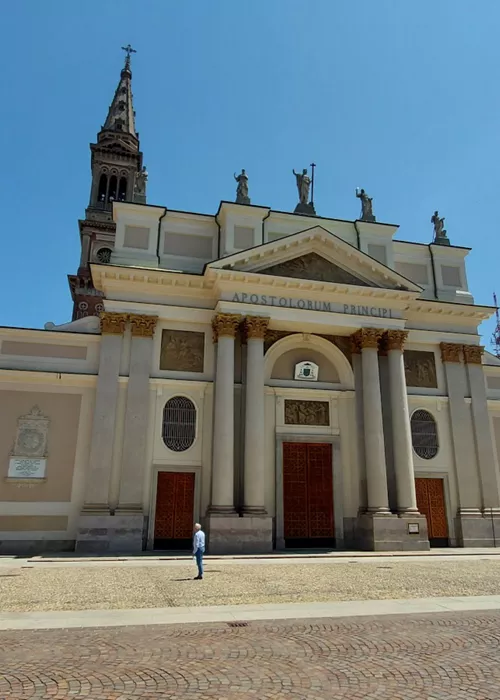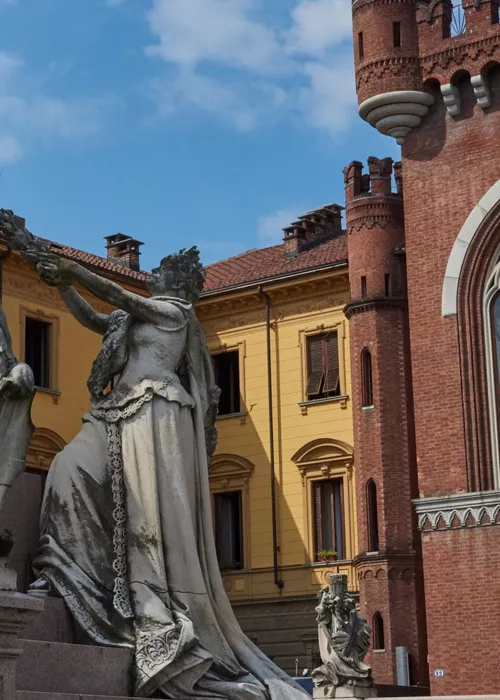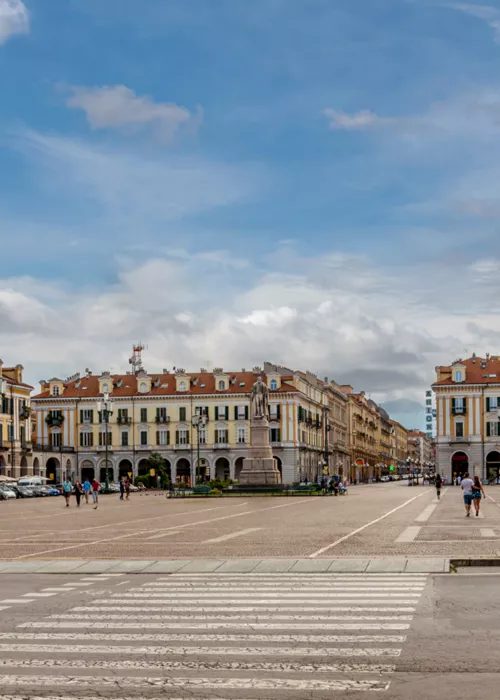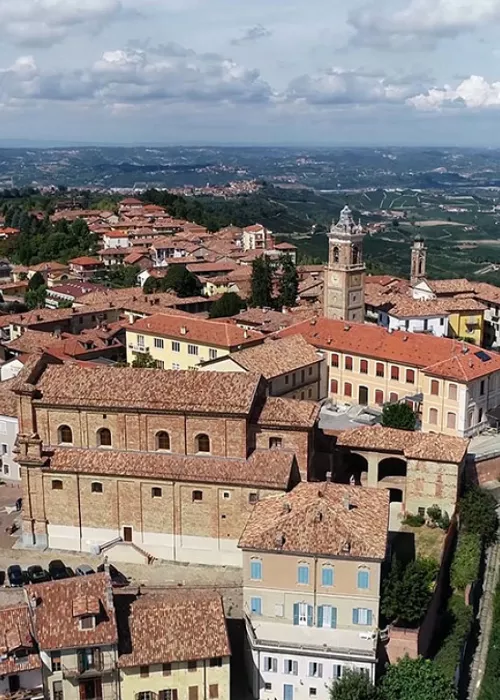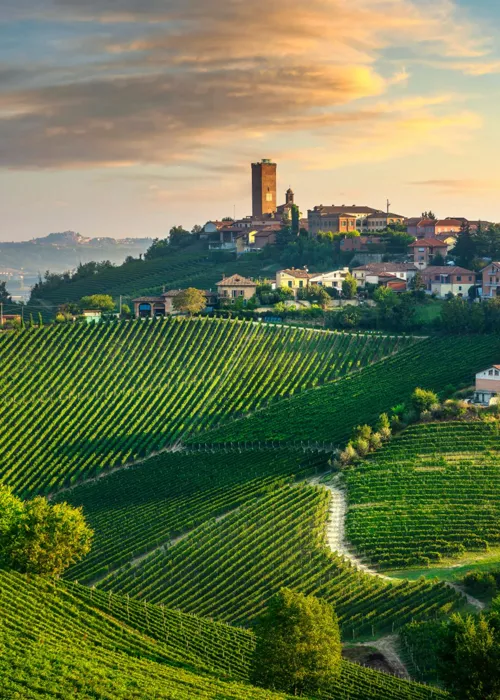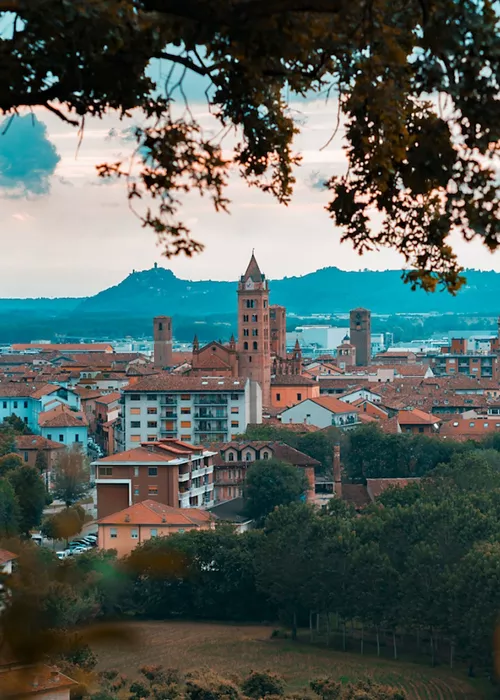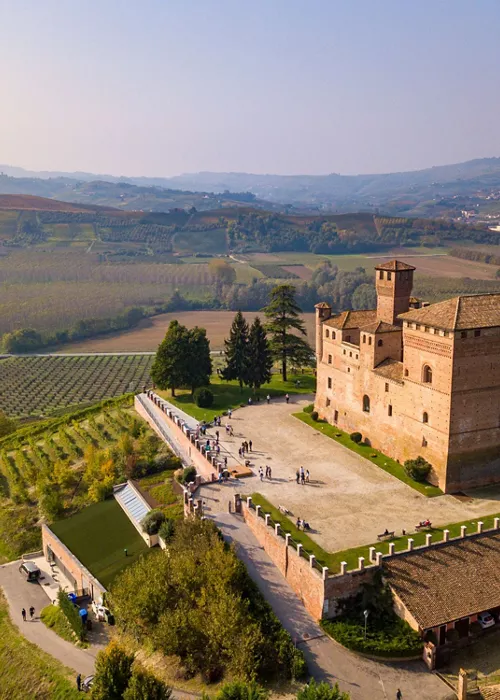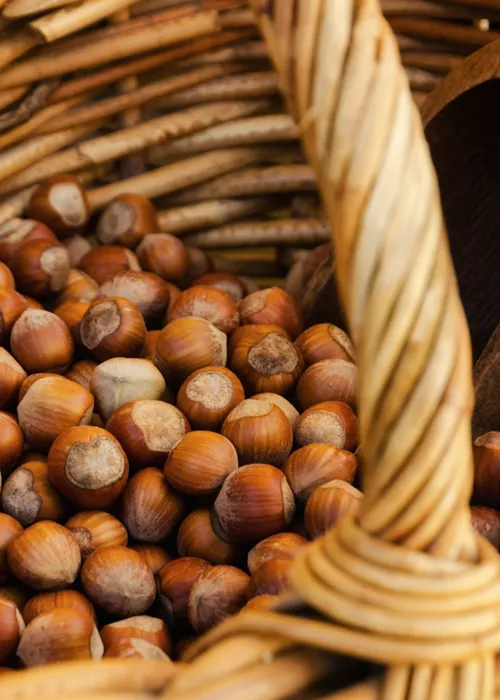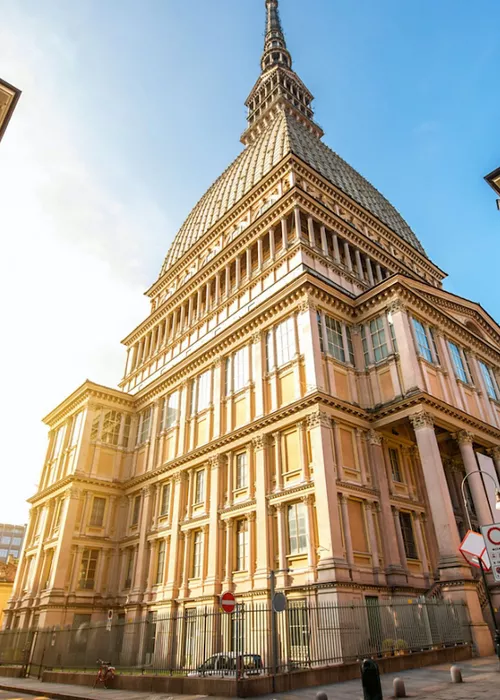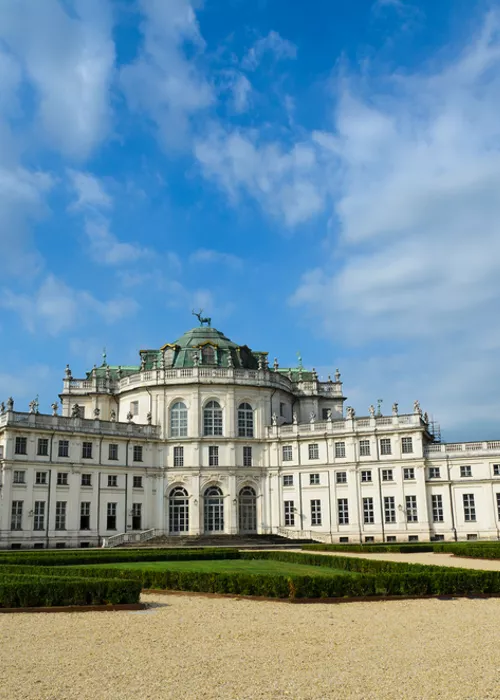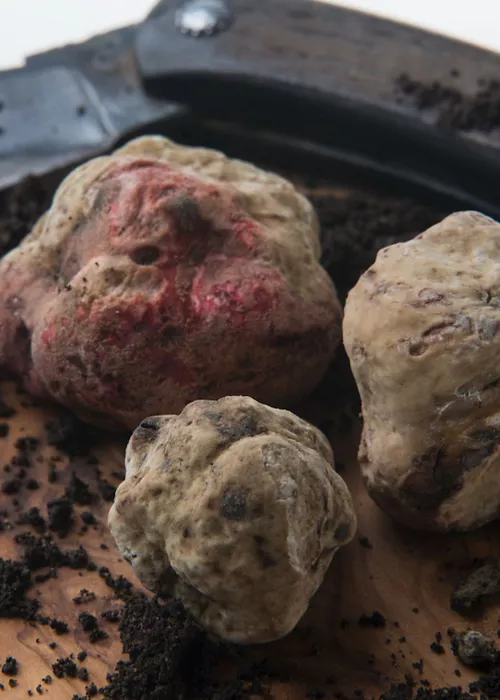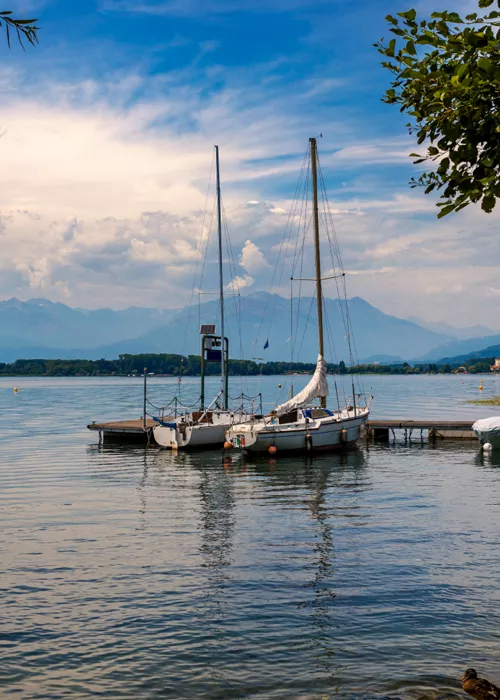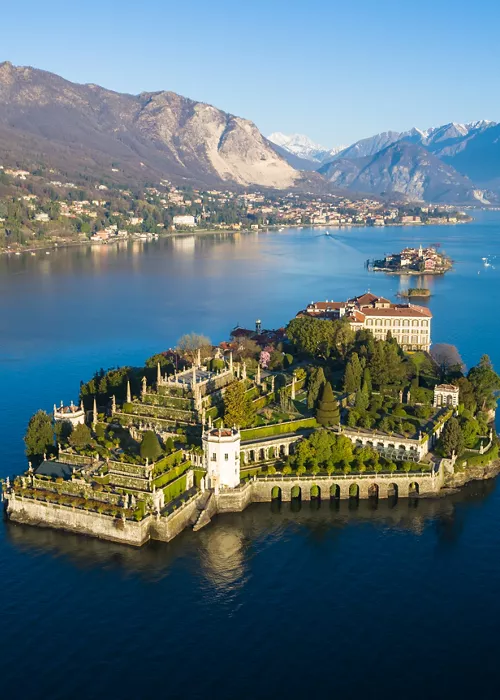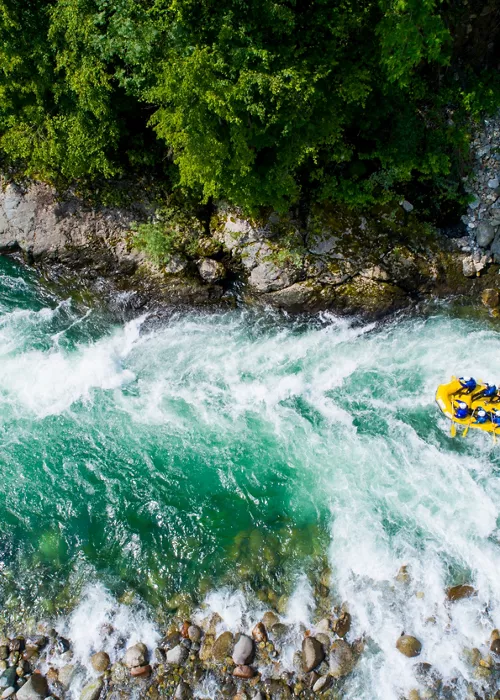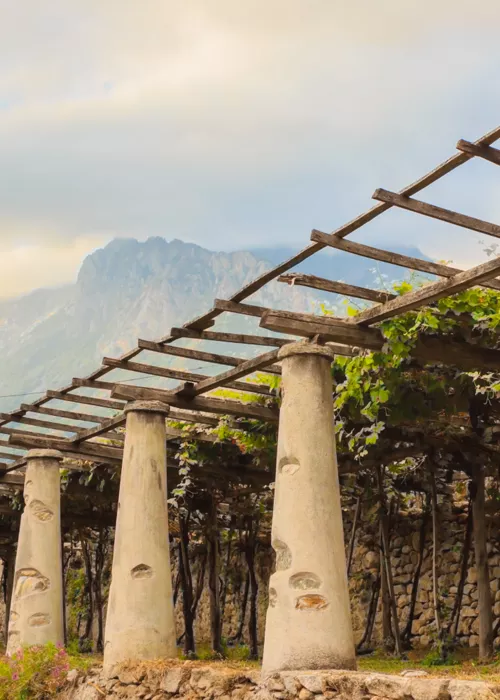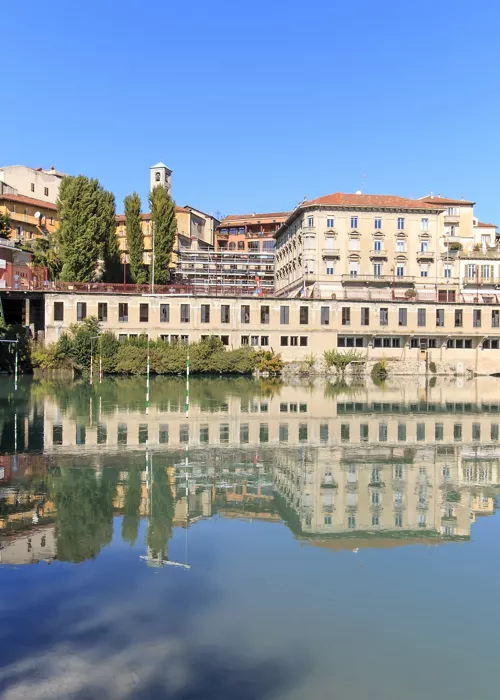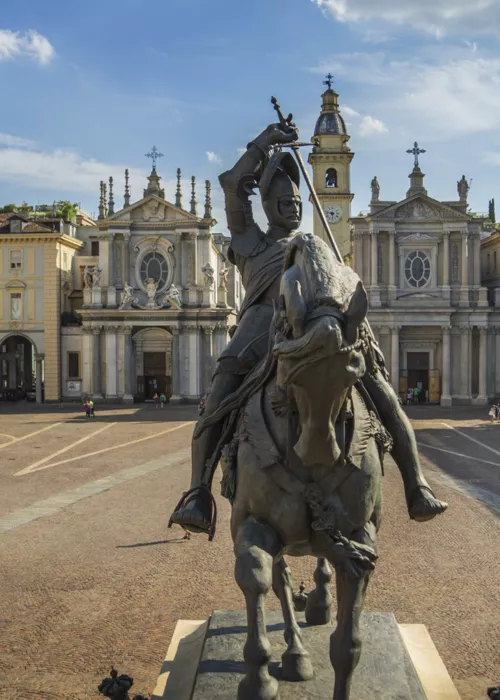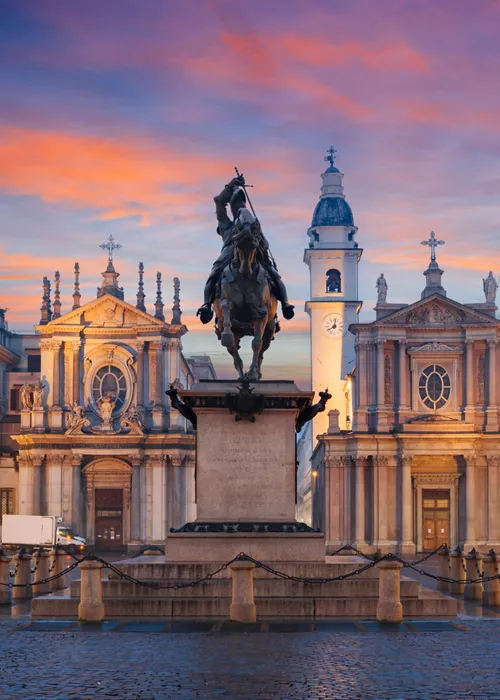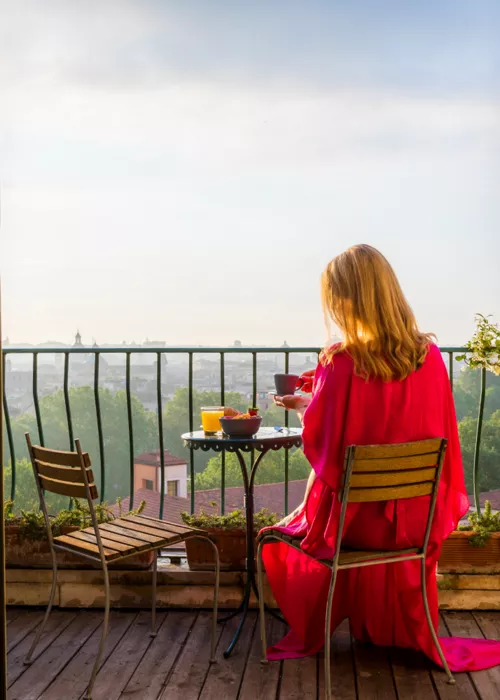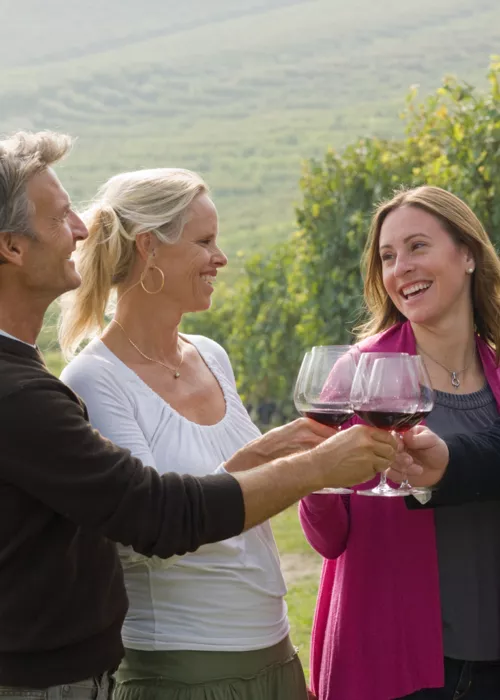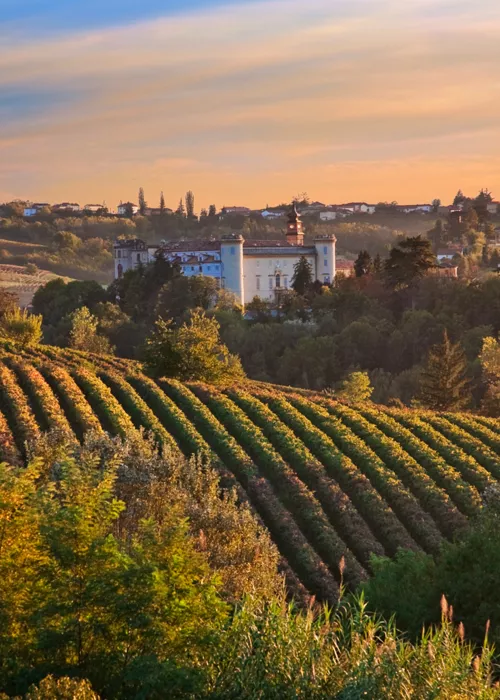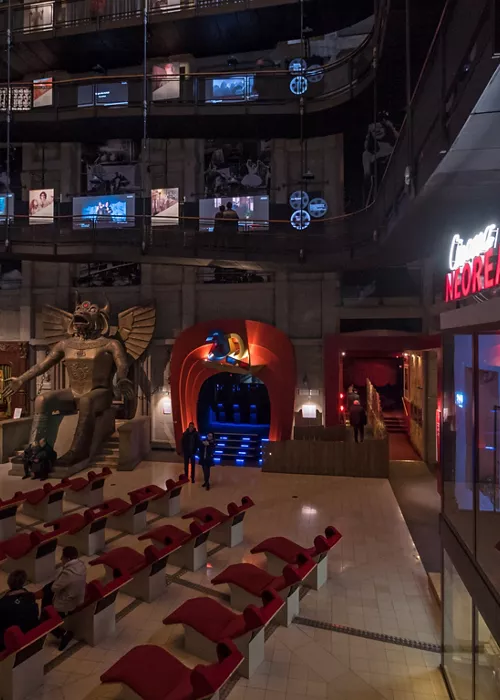Langhe, Roero and Monferrato amidst precious vines, villages and castles
3 minutes
Index
These are the magnificent scenery of the Langhe, Roero and Monferrato, where the great Italian wines of Piedmont, Barolo and Barbaresco, are produced.
This jewel of Piedmont with its seductive landscapes has become part of the World Heritage List of Unesco.
What the Langhe, Roero and Monferrato are and where they are located
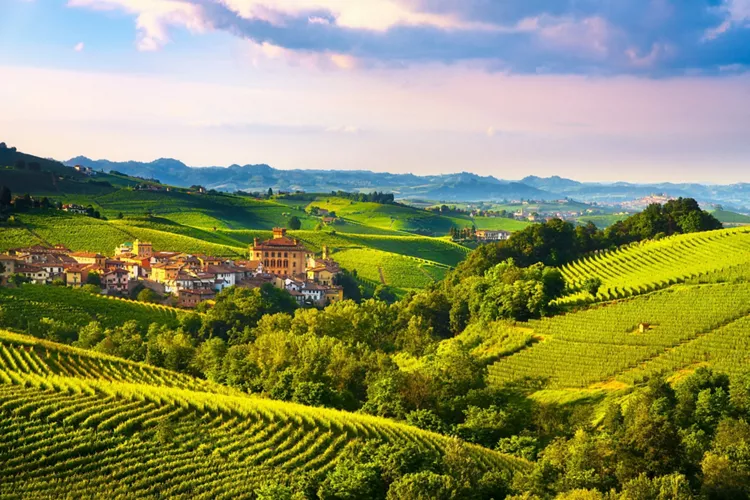
Langhe, Roero and Monferrato are located in lower Piedmont, in an area between the River Po and the Ligurian Apennines, divided between the provinces of Alessandria, Asti and Cuneo. More than an area, it is a unique microcosm of wine-growing landscapes and environments in which man and nature have always coexisted to the best of their ability.
History and information on Langhe, Roero and Monferrato
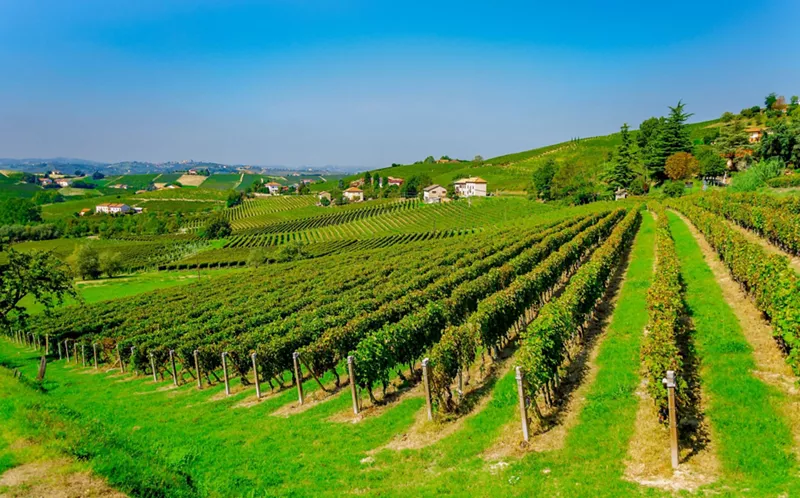
During the Second World War, the Langhe was the scene of the partisan resistance struggle, described in Beppe Fenoglio's novels. With the renovation of farmsteads and castles, agritourism, ethnographic museums and considerable agricultural production, the area has flourished again since the 1990s.
Why the Langhe, Roero and Monferrato territory is a UNESCO site
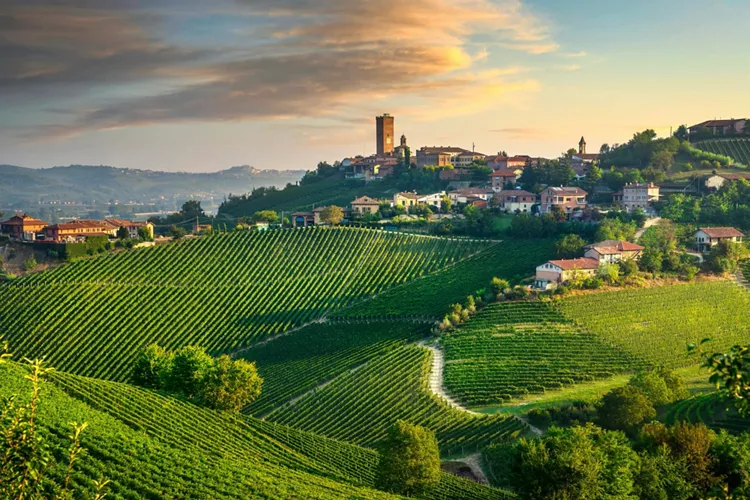
Piedmont's wine-growing landscapes of Langhe, Roero and Monferrato became a UNESCO World Heritage Site in 2014.
The classified area includes several municipalities and 6 areas in particular: the Langa del Barolo, the hills of Barbaresco, Nizza Monferrato and the Barbera, Canelli and Asti Spumante, the Monferrato of the Infernot (old deep cellars dug directly into a particular tuff-like rock) and the Castle of Grinzane Cavour.
These are wonderful places described by UNESCO as an exceptional living testimony to the historical tradition of vine cultivation and winemaking processes.
The vineyards of the Langhe, Roero and Monferrato are therefore an exceptional example of man's interaction with his natural environment.
The most beautiful places to visit in Langhe, Roero, Monferrato: 9 stops
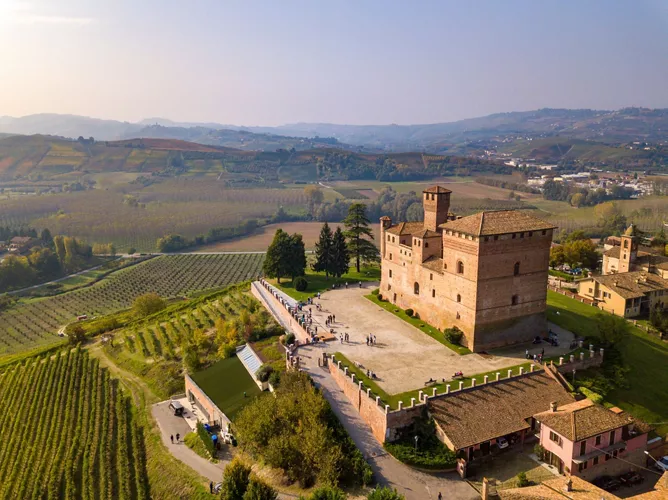
Vineyards as far as the eye can see, farmhouses, centuries-old wine cellars and villages with towers and medieval castles soaring in a harmonious panorama: what to see in the Langhe?
Start from La Morra, a village located in one of the most panoramic points of the Bassa Langa with its belvedere: the view sweeps from the Ligurian Alps to the Asti area. Here are two of the most photographed places in the Langhe: the Centennial Cedar of Lebanon and the Barolo Chapel.
The next stop is Neive, one of the most beautiful villages in Italy with its medieval layout still intact. It is part of the land of four wines: Barbaresco, Barbera, Moscato and Dolcetto, but it is also an interesting area for grappa lovers.
Cherasco is the perfect excuse for a weekend in the Langhe. A Roman-era town rich in culture and art, it is characterized by extensive vineyards, hills and waterways.
A guaranteed unforgettable experience is a trip to Barbaresco, a medieval village above the Tanaro river, east of Alba. Its 36 metre high tower, tallest in the whole of Piedmont and a famous view of the majestic panorama from Monte Rosa to Monviso. The red wine of the same name comes from this area.
Still on the subject of villages, Monforte d 'Alba is also worth a stop: its old part enchants with its houses clinging to the slopes of a hill. On the edge of the Langhe lies Santo Stefano Belbo, the birthplace of Cesare Pavese.
An important attraction on the UNESCO list, the Castle of Grinzane Cavour is the symbol of the area linked to the figure of Camillo Benso Conte di Cavour and houses the ethnographic museum, the regional wine shop and the world white truffle auction venue.
Lastly, Alba and Cuneo are places to visit over several days to discover the area and savour its delights.
Typical products in Langhe, Roero, Monferrato: 7 delicacies
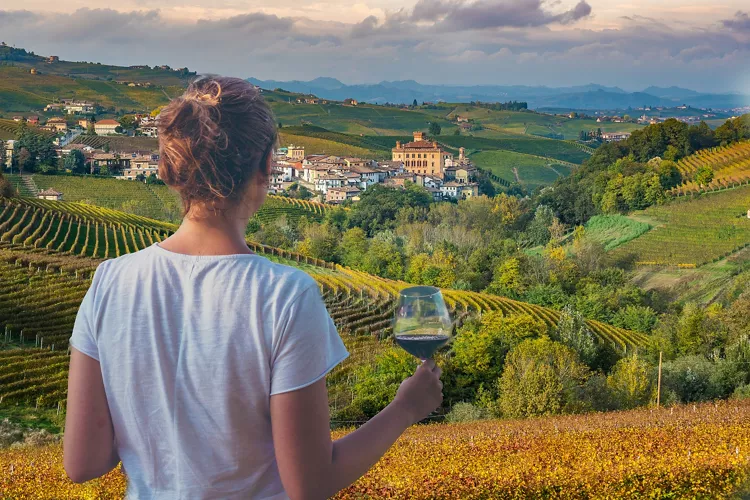
The numerous food and wine highlights make the Langhe a unique heritage in the world. It starts with wines: the Barolo is a red wine that must age for at least 3 years, at least 18 months in barrels. The Dolcetto d 'Alba is a Doc wine whose production takes place in the provinces of Asti and Cuneo and is traditionally the one most drunk during meals in the Langhe.
The legendary Barbaresco, a famous wine that comes from marls, soils composed of sand, limestone and clay. It is impossible to enjoy the area without sipping a glass of Nebbiolo d 'Alba, made from pure Nebbiolo grapes grown in a wide region between the Langhe and Roero. The oenological journey can end with a Barbera, traditionally for meals, once considered uncouth and popular because it was harsh and stubborn, and today resoundingly grown in quality.
In addition to good drinks, there is also great food: the white truffle of Alba is an unmissable gourmet delight. Similar comments apply to hazelnuts from the Langhe.


